Interview With Vidya Rajan, Author of “Rubber”
A biologist’s quest unearths the gripping natural and colonial history of rubber—its hidden costs, impact, and power to reshape human energy and motion.on Jul 10, 2025
.jpg)
Frontlist: Rubber is such a silent presence in our everyday lives. What drew you to tell its vast and layered story in your debut book?
Vidya: Yes, rubber is everywhere in our lives. It’s found in shoes, tires, machine belts, gloves, foam mattresses, and more. I was always aware of it—who isn’t?—but the backstory took some time to explore. As a biologist and gardener, I was aware that latex from plants is the source of rubber. But my quest to understand its impact began when I replaced the tires on my car and wondered where all the worn-off rubber had gone. I started researching the annual production of tires and the amount of latex required.
I was drawn into the backstory—which is immense and quite engrossing—by reading primary and secondary sources. To that, I added my naturalist’s instinct that latex must serve a purpose for the plant as well. Exploring the ways animals overcome the presence of latex in plants led me to study their digestive systems. It helped that I had previously researched how animals respond differently to a biopesticide, which works based on the pH of the digestive chamber. These concepts helped me connect the dots and understand how the utility of rubber for humans arose from the need for plants to construct a biomolecule that prevented animals from eating them.
Frontlist: Your book beautifully balances natural history and human history. As a scientist and educator, how did you approach blending storytelling with research?
Vidya: I love the power of storytelling. Storytelling is essentially a narrative method that connects seemingly disparate events into a cohesive picture. Even when teaching science in the classroom, I incorporate timelines and events, personalities, and rivalries to help students appreciate the historical context against which discoveries were made.
As a scientist, research is part of my skill set. Researching rubber was pure joy. I read history, archival material, legal judgments, geology, biology, and chemistry to understand the nuances and to make connections. History always plays forward — the actions of a previous era are resolved in a later one. The twists and turns of Rubber’s story are compelling — and still unfolding in places where rubber is produced — and the story tells itself.
Frontlist: Given the colonial violence and exploitation tied to rubber, did writing this book ever feel emotionally overwhelming? How did you manage that weight as a writer?
Vidya: There were times when I had to stop reading. For example, the first time I tried, I could only read Red Rubber by E.D. Morel in installments. Some of the events he described brought me to tears, and I had to take a break to compose myself before I could continue reading. Chapter 4, which explains the extraction of rubber by enforced labor, was the hardest to write without railing against the injustice of it all—especially when the perpetrators paid no, or very little, price. I often reflect on what a strong person Roger Casement was to endure the evidence-collecting not once but twice. It impacted him deeply. He turned against colonialism in any form, even by the government he served—the British—in his Irish homeland. And he—the hero, if there should be one, of the whole sad story—was hanged.
The chronological distance helped until I realized that exploitation doesn’t end with one material or period. People who are at the coalface—to use a metaphor—are often exploited. Sebastião Salgado died recently—he documented Brazilian gold miners’ conditions and struggles; the Guardian journalist Dom Phillips and his colleague Bruno Pereira were murdered recently in the Amazon as they were gathering evidence about illegal encroachment on Indigenous territory. We have a laundry list of people who have tried to protect people and the environment and who have been threatened or murdered. I remind myself that they are the people who truly bore—and are bearing—the real weight; I am only telling their story.
Frontlist: Despite its relevance, Rubber hasn’t received the widespread attention it deserves. Why do you think we tend to overlook the materials that hold our world together?
Vidya: People live in time capsules where the immediate is ascendant. Today, literature about Artificial Intelligence is all the rage, even if we don’t yet have enough space to develop its historiography. Rubber, plastic, paper, and even water are everyday materials that have been around for a long time, and with familiarity comes a certain contempt. People are often also seeking escapist literature – think of the success of magical stories! Science is built upon what came before; literature and art are essential for showing possibilities – think of Star Trek and the flip phone. Imagination is good, but, as Maya Angelou said, “If you don’t know where you’ve come from, you don’t know where you’re going.”
We are well served to know where the materials of our civilization – cement, electricity, plastic, dyes, water, and so many other things – come from. But our bandwidth is small. We think it’ll all be fine because “civilization” will bring these materials to our grocery store or DIY store, and we can simply acquire them. However, a good education should teach that civilization is built on both ideas and materials. Commerce can be both uplifting and damaging. When we know an item’s provenance, we can make the powerful decision to support the enterprise that produces it – or not.
Frontlist: Were there any discoveries or stories about rubber’s history that genuinely surprised or disturbed you during your research?
Vidya: The story of Roger Casement was truly a revelation. I did not know that he had been a strong supporter of India’s struggle for independence from Britain or of Ireland’s quest for independence either. He paid a high price for his idealism. I am genuinely disturbed that the people who perpetrated terrible atrocities got off lightly. It offends my sense of justice.
On a positive note, tying together the evolution of the digestive systems of herbivores to tolerate latex was a satisfying experience. I was recently hiking in Sikkim and observed cows grazing in the forests there, as well as cattle and goat farmers bringing branches of Ficus (fig) plants, which produce latex, back to their animal sheds. Ruminants can tolerate small amounts of latex, a fact commonly known among those who raise these animals. It was an example of how science could explain something that, on the face of it, seems odd.
Frontlist: As someone who writes a monthly science column, how different was it to take on a long-form book project, especially one with such an ambitious scope?
Vidya: That is such an interesting question. I hadn’t thought of them in the same way. The monthly articles were based on one concept – the topic I was writing about. These needed to be tight and have a conclusion within a page or two. Storytelling attempts to connect multiple events and it’s not as linear or concise as articles are. However, there was a bigger challenge in tying together superficially disparate things into a compelling narrative. So, they were quite different in form, but each was enjoyable in its way.
Frontlist: If you could have every reader walk away with one insight about rubber, not just the substance but its broader implications, what would it be?
Vidya: I love this question. I have thought about it a lot. But my answer may surprise you – it is that rubber facilitates the efficient use of energy. Rubber is one of the most effective mobility-assisting materials available, which therefore reduces effort and saves energy. In Nahuatl, the language of the Aztecs, they characterize rubber (olli) with olin – the capacity for motion.
Look at all the other things that facilitate our lives, starting with taming fire to cook our food. It is thought that a mutation in a gene that controls the jaw in the muscle made our jaws so weak that we could not eat food raw, but that very mutation allowed our braincase to expand. Our larger brain enables us to develop language, create tools or weapons for hunting and design machines to travel faster or communicate more efficiently with one another, ultimately achieving our goals. The goal was usually to find food or obtain resources to sustain it, such as trade goods or money—all of which serve as stand-ins for having more energy to spare.
In the contemporary world, analysts and stockbrokers earn substantial profits because they understand the geopolitical and acquisition aspects of commodities, such as minerals used in electronics or grain supply. Most wars are wars over natural resources. Knowing what materials are in the products you use and learning about their origins and associated costs is empowering. It will make you more thoughtful about whether to obtain, discard, or repair an item. Energy empowers life. Anything that helps us generate or save energy is valuable. Rubber is one of these items.
Frontlist: Do you feel your scientific background gave you an edge or brought limitations in writing for a general audience?
Vidya: I think it was a mixed bag. Science is filled with jargon, and writing a book for a general audience is unlike writing a scientific paper for peers for a couple of reasons. First, it’s essential to minimize jargon and focus on the meaning. Second, one shouldn’t take familiarity with history or concepts for granted, as one would with peers. However, I believe there were a few aspects from my science background that benefited me. It allowed me to make unobvious connections, such as between the presence of latex in plants and the morphology of animal guts. As an educator, explaining scientific concepts to students helped me think about how to simplify them. I also read a lot of fiction and nonfiction, and being exposed to others’ writing shaped my own. I also owe a great deal of credit to my copyeditor and draft readers—they pointed out the passages that were difficult to understand. So, my voice in this book had a lot of guidance.

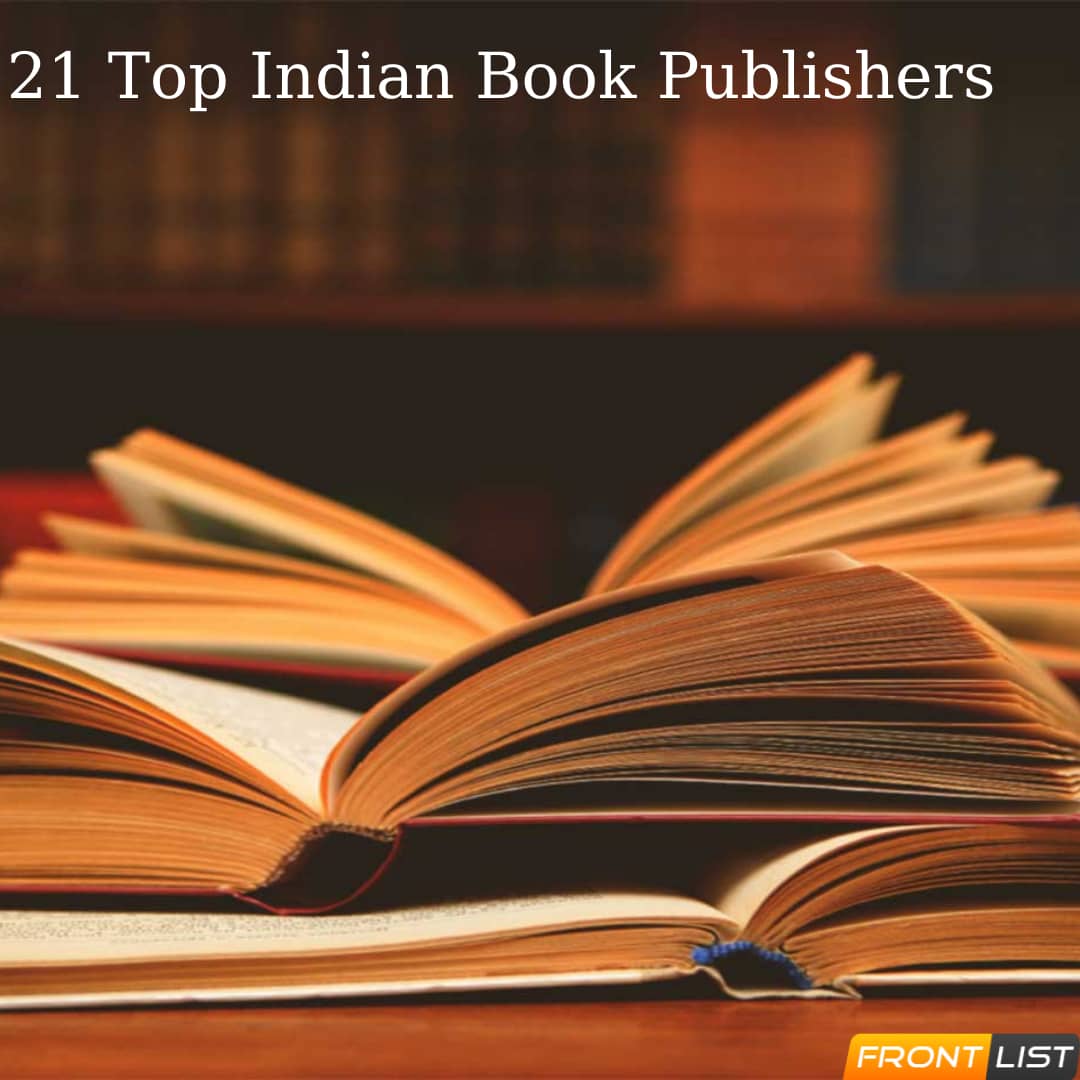
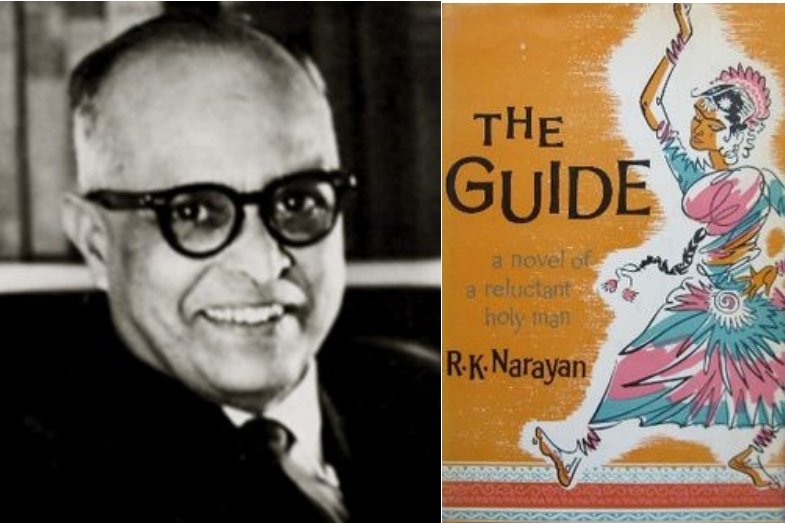
.jpg)


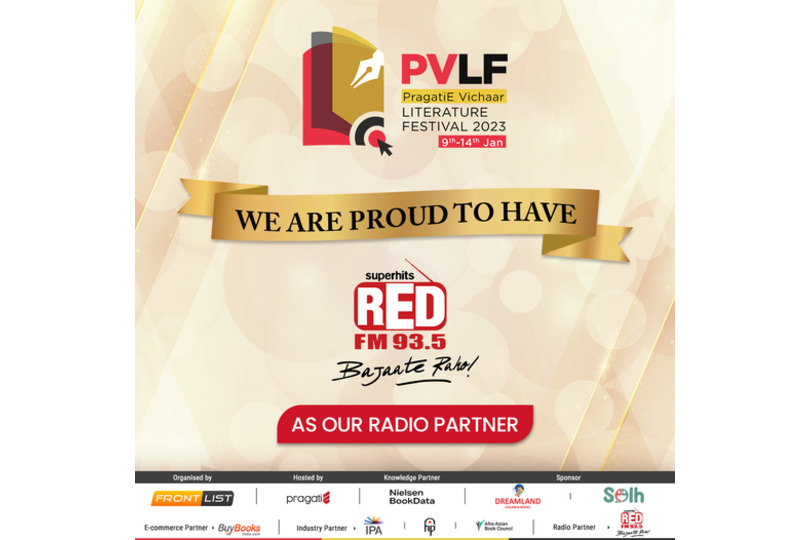

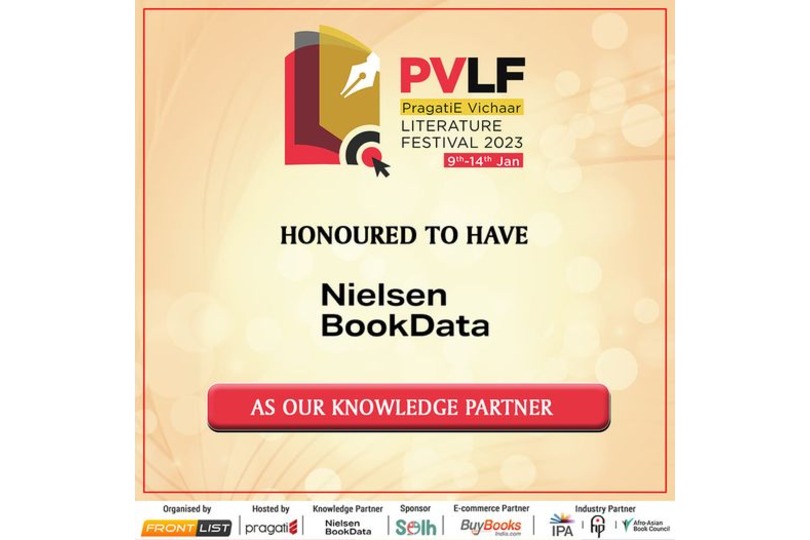
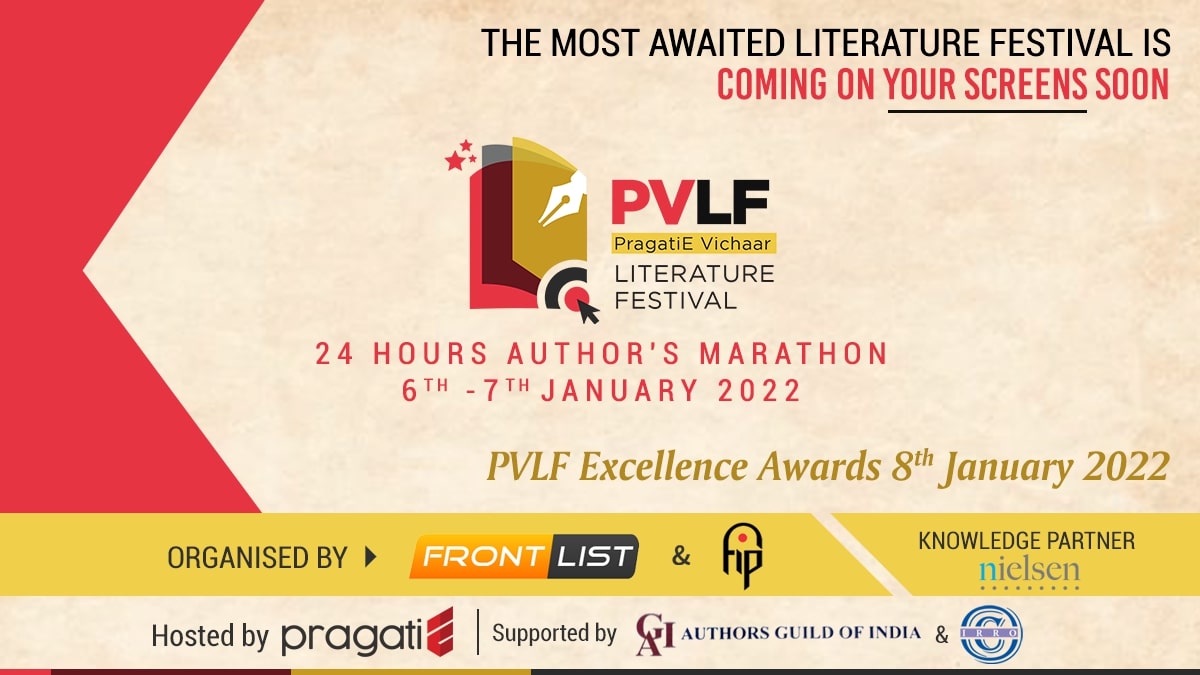
.jpg)


.jpg)
.jpg)
.jpg)
.jpg)
.jpg)
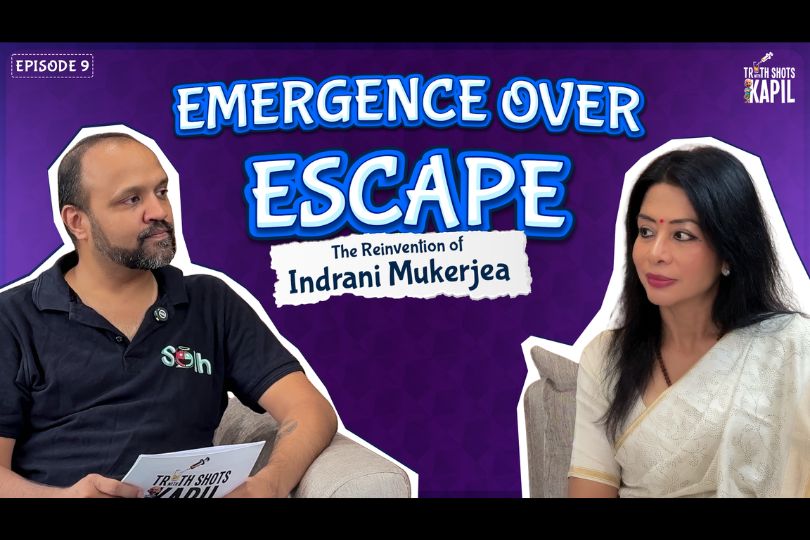
.jpg)
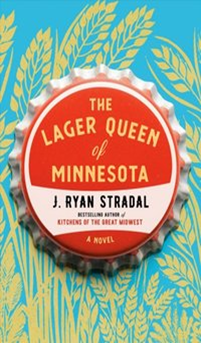
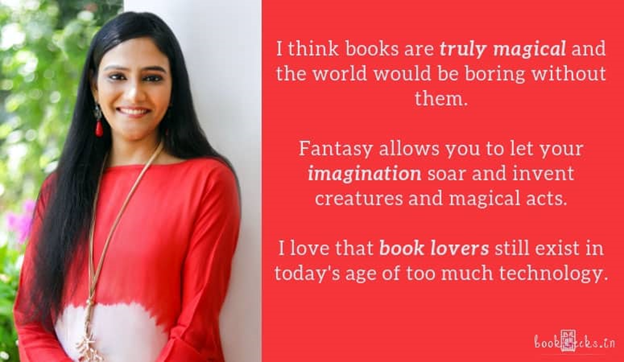
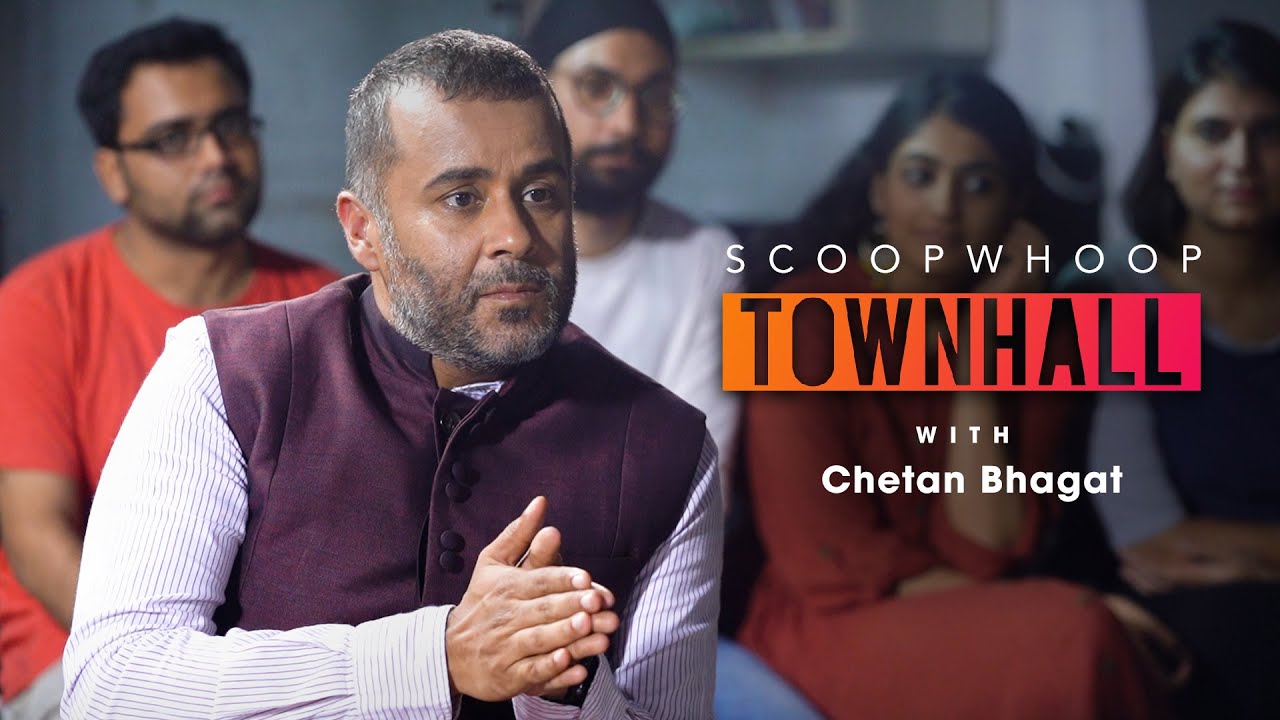
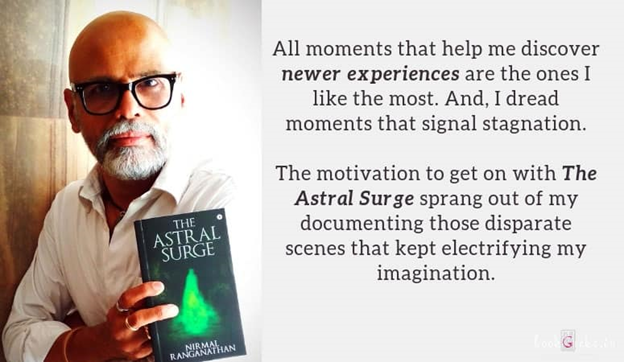



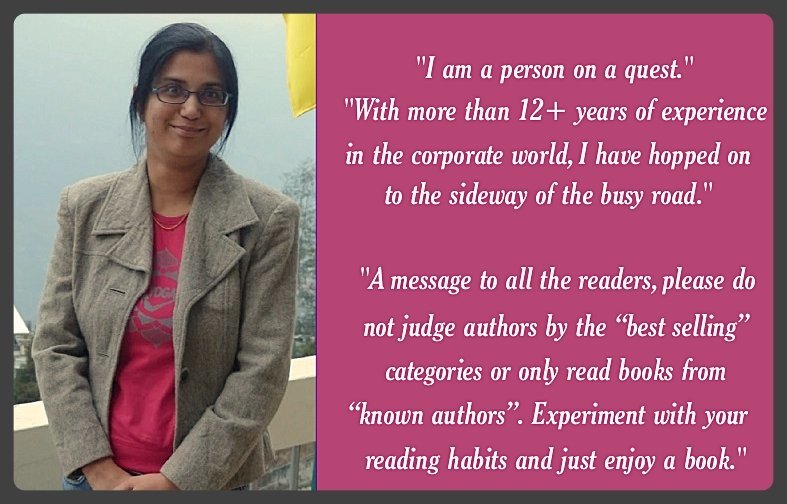


Sorry! No comment found for this post.